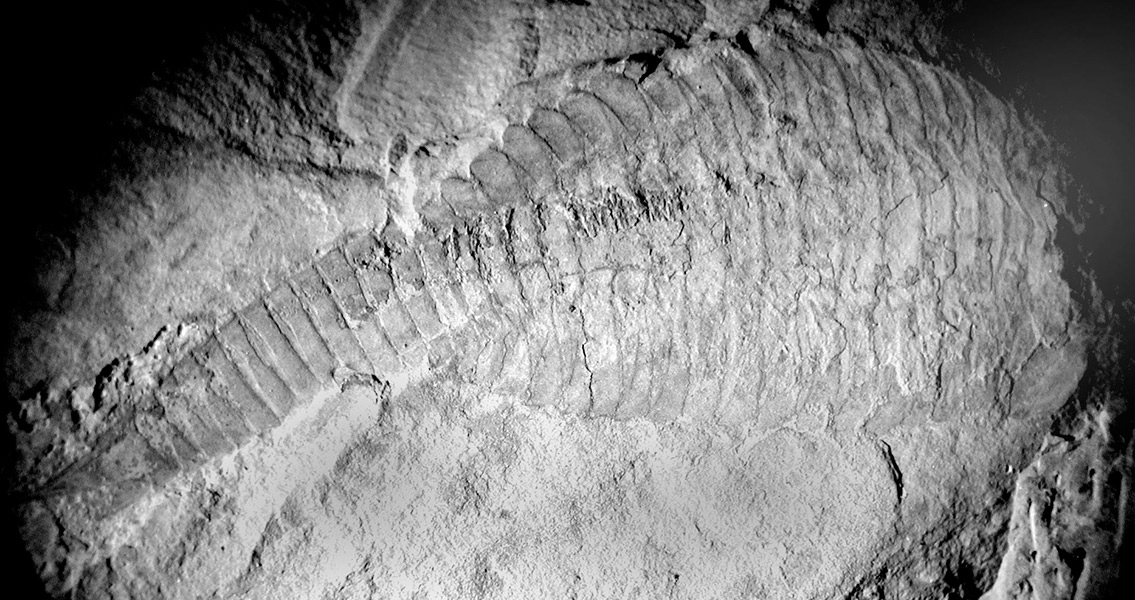<![CDATA[A fool and his gold may soon to be parted, but when it comes to fool’s gold the two may be intertwined for hundreds of millions of years, according to a recent archaeological find from southwest China. According to the findings of a research team led by University of Arizona neuroscientist Nicholas Strausfeld, traces of brain matter from the fossilized remains of Fuxianhuia protensa – small, shrimp-like arthropods that thrived during the Cambrian Period – have been uncovered and positively identified. Many of these fossilized brains have been found with an overlay of pyrite, a mineral that is commonly referred to as “fool’s gold” because of its passing resemblance to the precious metal. The Cambrian Period is known as a turning point in the evolutionary development of life on Earth. Prior to the Cambrian, most of the planet’s forms of life were decidedly simple. However, an evolutionary event referred to today as the Cambrian explosion saw the complexity of planetary fauna blossom overnight in a geological sense, leaving massive marks on the fossil record. F. protensa is one of the many creatures that flourished in the wake of the Cambrian explosion, with these small sea-bottom dwelling creatures a common fossil find from the era. However, Strausfeld and his research team say that their excavation efforts have uncovered not one F. protensa fossil with an intact brain but a total of seven – the first such find of its kind since the discovery of just one such specimen in 2012. In a paper written by Strausfeld, it is revealed that the little arthropod had a very complex brain structure for creatures in the Cambrian. With a three-sectioned brain consisting of regions referred to as the protocerebrum, deutocerebrum and tritocerebrum, F. protensa had a brain that turns out to be strikingly similar to its modern relatives, which include insects, crustaceans, and other arthropods. Additionally, the research team discovered how such soft tissues, usually completely obliterated during the fossilization process, could have survived for hundreds of millions of years. In the paper, the researchers say that the fossilized brains appear as dark shadows overlaid in a high-carbon film over other fossilized tissue, which tends to be lighter in color and to carry a heavy iron content. In many of these instances, the carbon brain film is also sketched with fool’s gold as well. The key to preserving these brains in this way is likely to rely on very rapid burial of the specimens in question. Strausfeld and his team suggested an underwater mudslide as one path to this. Sediments within the mudslide would have prevented oxygen from eating away at the remains while also “dewatering” the brains of these arthropods by forcing out the moisture held within them. This would have caused the so-called “brain films” to appear on the fossil. For more information: www.cell.com]]>
520 Million Year Old Brains Preserved in Fool’s Gold
